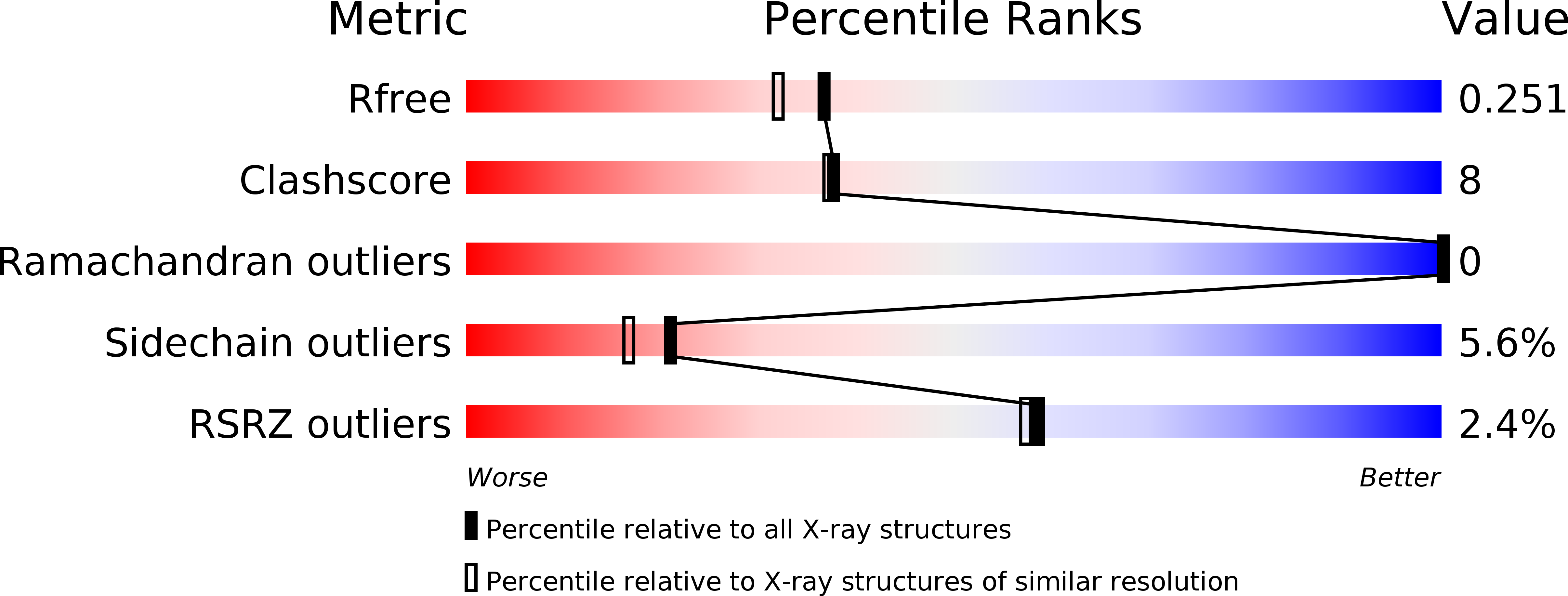
Deposition Date
2000-01-21
Release Date
2001-01-21
Last Version Date
2024-11-13
Method Details:
Experimental Method:
Resolution:
2.00 Å
R-Value Free:
0.24
R-Value Work:
0.20
R-Value Observed:
0.20
Space Group:
P 21 21 21


